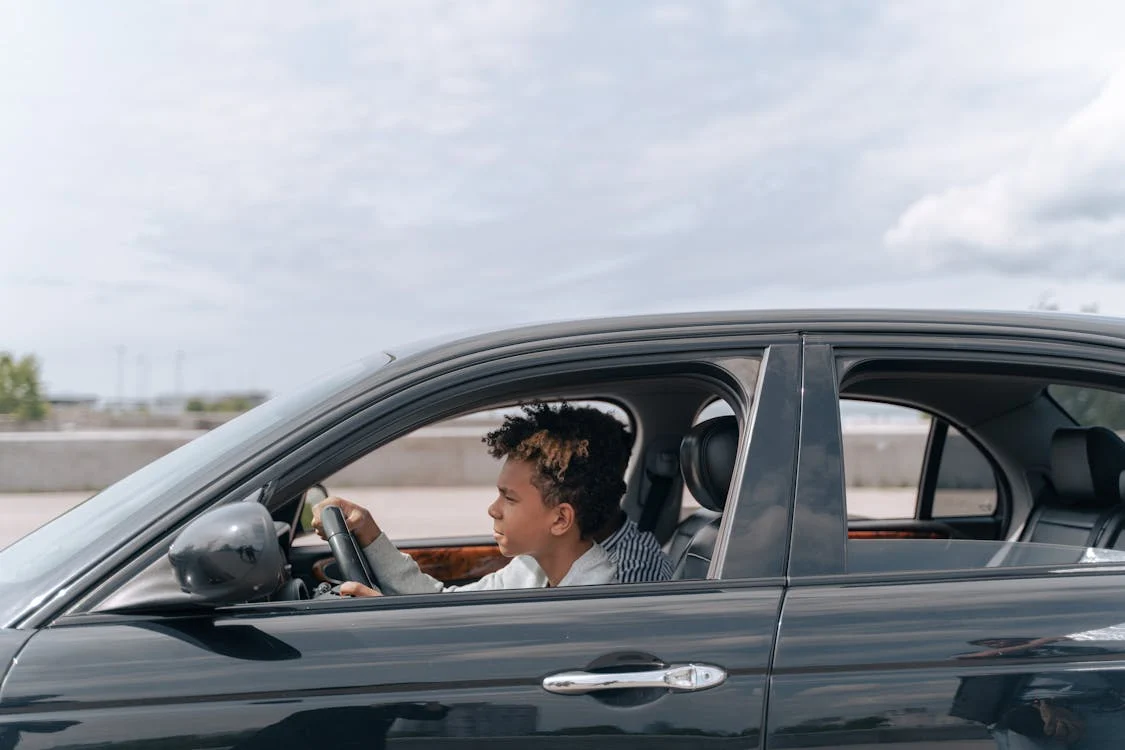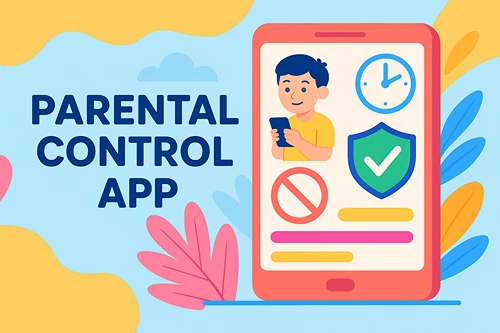A Parent’s Guide to Safe Driving Discussions with Teens
Navigating a conversation about safe driving with your teen can be taxing. Yes, most parents understand how important it is to prepare their kids for the road. Yet figuring out where to start might seem daunting. Teens are naturally eager for independence, but driving comes with responsibility.
It’s essential they recognize potential dangers and learn to handle them smartly. So, how can you ensure these discussions stick without coming across as overbearing? Let’s explore strategies that empower your teen behind the wheel while easing your worries. Read on – you’ll want this guidance handy.
Understanding the Psychology of Teen Drivers
First things first, how are younger drivers generally like when behind the wheel? Surveys show that they’re much more likely to speed compared to older age groups. Teens also tend to be easily distracted by tech devices or passengers in the car. Moreover, their still-developing decision-making skills make them prone to impulsive actions.
With this understanding, you can approach conversations about safe driving with empathy and clarity. Instead of just highlighting rules, for instance, you could focus on why certain behaviors pose risks for inexperienced drivers who may not fully grasp the consequences yet.
Teaching Teens About Risk Awareness While Driving
Drivers under 20 tend to face a higher likelihood of accidents, mostly from inexperience and being overconfident. Many teens underestimate risks, like those associated with tailgating or driving in poor weather conditions. This amplifies potential hazards.
Explaining how small mistakes can escalate helps ground these conversations. Highlighting the connection between attention lapses – such as texting – and severe consequences encourages them to think critically about choices on the road.
This approach fosters awareness without overwhelming their growing confidence as drivers.
Enlightening Them for Emergency Situations on the Road
So what do you do when you face a sudden flat tire or an unexpected breakdown? That’s an important question to also include in discussions about safe driving with your teen. Teaching them how to safely pull over, use hazard lights, and contact roadside assistance builds confidence.
In cases of more serious emergencies like car crashes, understanding negligence matters too. Discussing steps like documenting the scene and knowing when to consult an automobile accident lawyer prepares teens for situations where accountability becomes critical.
Balancing Freedom and Responsibility as a Young Driver
Handing over the car keys represents a milestone for both parents and teens. For young drivers, it’s an opportunity to assert independence. But this freedom must coexist with responsibility to ensure safety.

Setting expectations about curfews, passenger limits, and driving zones encourages accountability without dampening their sense of trust. These boundaries serve as safeguards while they gain experience navigating roads under various conditions, striking a healthy balance between privilege and maturity in their early driving years.
Establishing Ground Rules for Car Usage at Home
For obvious reasons, you’ll want to have some level of control over when and how often your teenage kid uses the car, and where they drive to. Consistent guidelines create structure while emphasizing trust.
For instance, defining boundaries – such as limiting nighttime driving or restricting non-essential trips – ensures safety without feeling overly restrictive.
While making these rules part of your discussions, also consider teaching them long-term habits like budgeting for gas and understanding maintenance needs, all of which shape responsible drivers over time.
The Role of Technology in Encouraging Safer Teen Driving Habits
Modern tools can ease your concerns about letting teens hit the road alone. Technology, when used effectively, can help teens develop safe driving habits by addressing common risks.
In your discussions, consider including solutions such as:
- Apps that block notifications to minimize phone distractions.
- Dash cameras for accountability and self-review of their driving.
- GPS tracking to monitor routes and ensure safety in real time.
- Driver education platforms with virtual simulations for practicing emergency responses.
- Discuss what is means to be a defensive driver to increase safety on the road.
These tech options open opportunities for positive conversations about responsible driving behavior.
Conversations Around Accountability and Consequences
Your teen should also understand that being a good driver involves more than skill – it’s about respecting traffic laws and other road users. Discussing real-world outcomes of irresponsible behavior makes this clear.
For instance, failing to observe speed limits can lead to severe collisions or legal trouble. Running red lights endangers both pedestrians and drivers alike. Ignoring right-of-way rules creates unnecessary chaos on the roads.
Highlighting these examples during your talks reinforces why compliance matters. It shapes their mindset toward caution rather than recklessness as they embrace their driving responsibilities with awareness of potential impacts.
Preparing teens for the road goes beyond teaching driving skills. It’s about building confidence, responsibility, and awareness through meaningful discussions. These conversations empower young drivers to make safer choices, ensuring they protect themselves and others while gaining independence behind the wheel.





